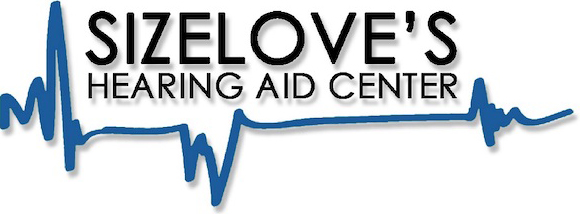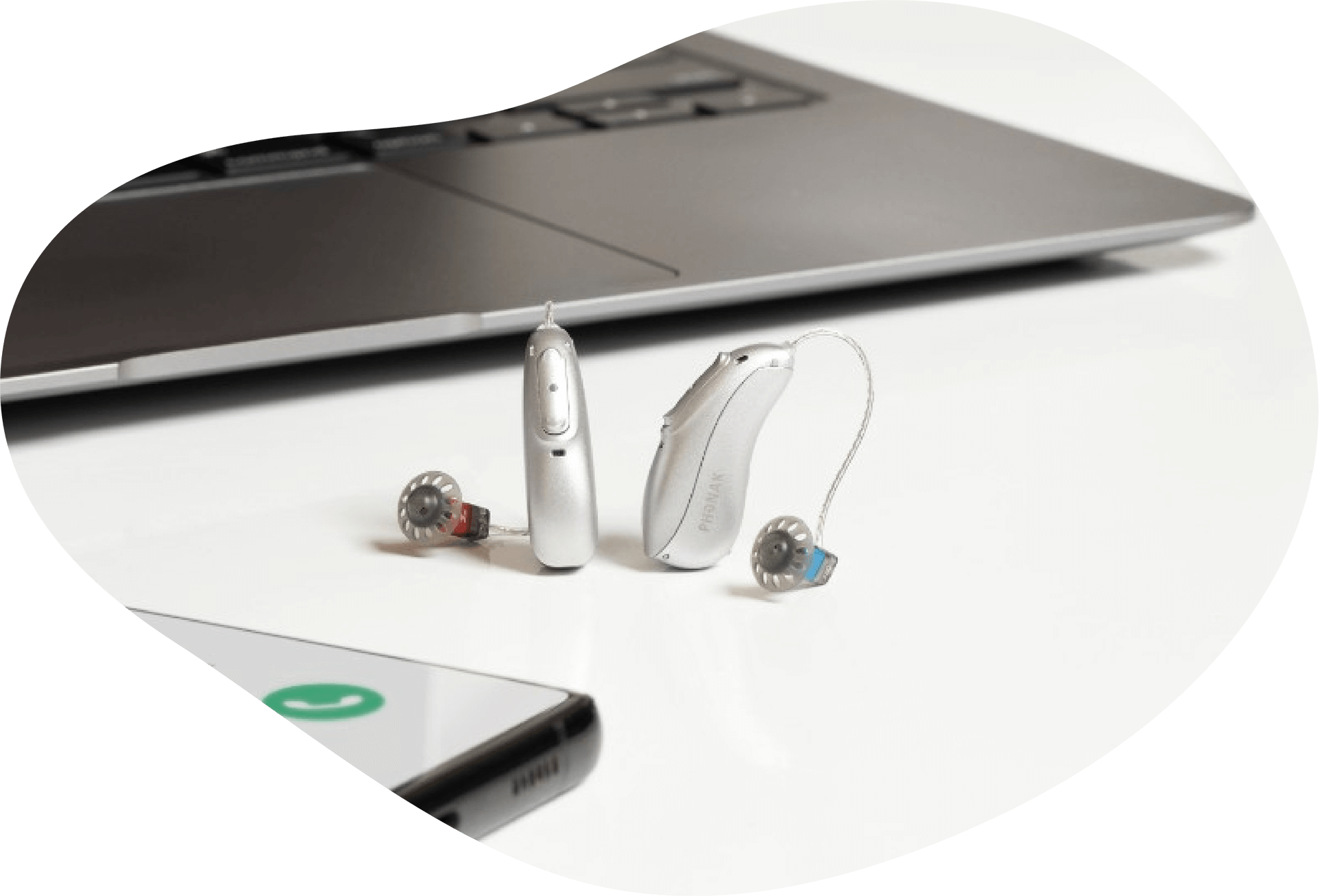Hearing aids are truly remarkable devices. They’re small enough to fit in or around our ears, yet they house cutting-edge computer technology that allows them to make sense of the sound they take in, and provide amplification of just the signals we want to hear better.
Hearing aids are an example of “miniaturized” technology. This means that the latest, greatest, state-of-the-art computer processing power is utilized in every new generation of hearing aid models. For many wearers, hearing aids get better when technology gets smaller. This can make it hard to keep up with the latest tech in the hearing aid industry, but luckily, we at Sizelove’s Hearing Aid Center are taking care of that for you!
When you come in for your hearing evaluation and consultation, we’ll ask you a lot of questions and help you hone in on the set of hearing aids that is most likely to be the best fit for your hearing ability and lifestyle. Still, it doesn’t hurt to arrive at our office with some basic knowledge of the different types of hearing aids that are out there, and some of the options you might want to consider.

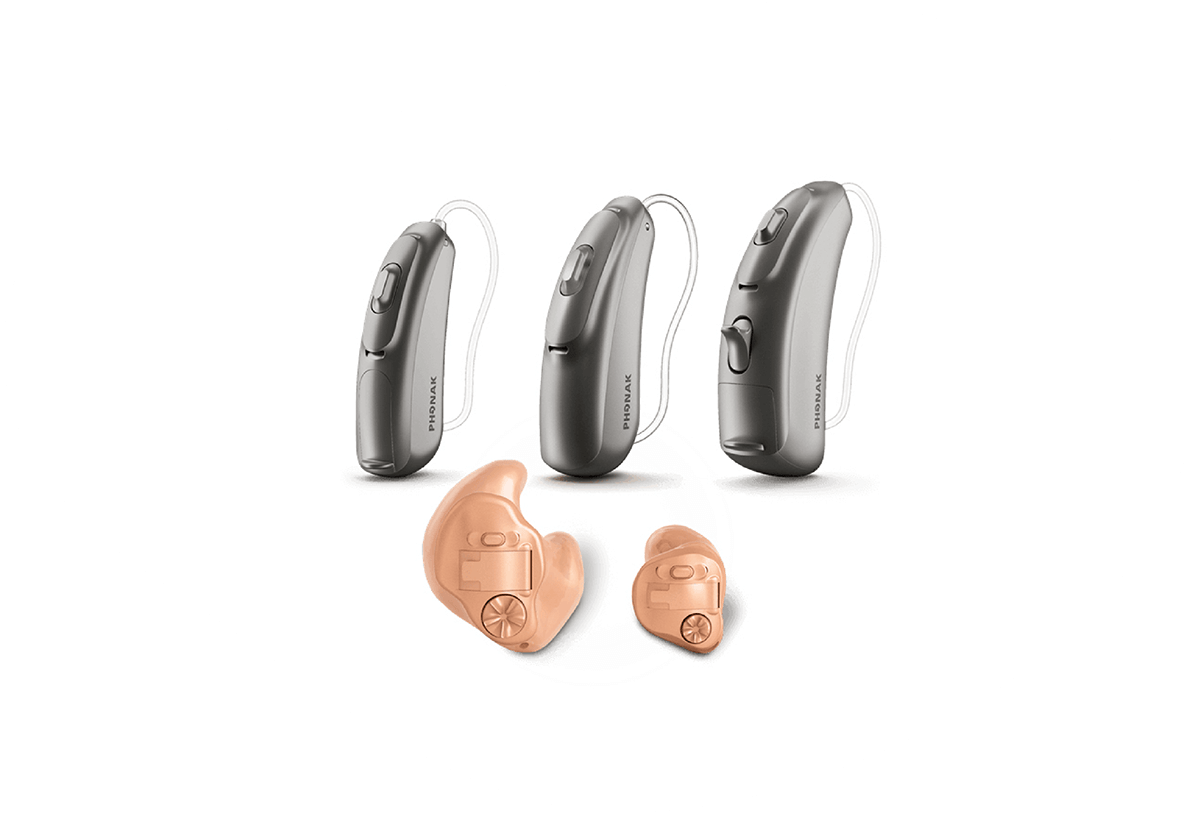
A Range of Styles
Hearing aids vary in size and style. In general, larger hearing aids have the advantage over smaller hearing aids, but smaller hearing aids may be less conspicuous and, sometimes, more comfortable to wear. Some advantages that larger hearing aids have include:
- More power (appropriate for more types of hearing loss)
- Longer battery life
- Rechargeable option
- More features
While this may seem like a good reason to go with larger hearing aids, it’s also the case that not everyone needs all of these advantages. Those with mild hearing loss, for example, don’t need a lot of power, and since the hearing aids don’t have to work so hard, the battery may last longer. Most smaller hearing aids still incorporate many of the same features as larger ones (such as Bluetooth connectivity, telecoils, and digital audio processing), so it may be that a smaller set of hearing aids will be the right choice for you.
BTE (Behind-the-Ear) vs ITE (In-the-Ear)

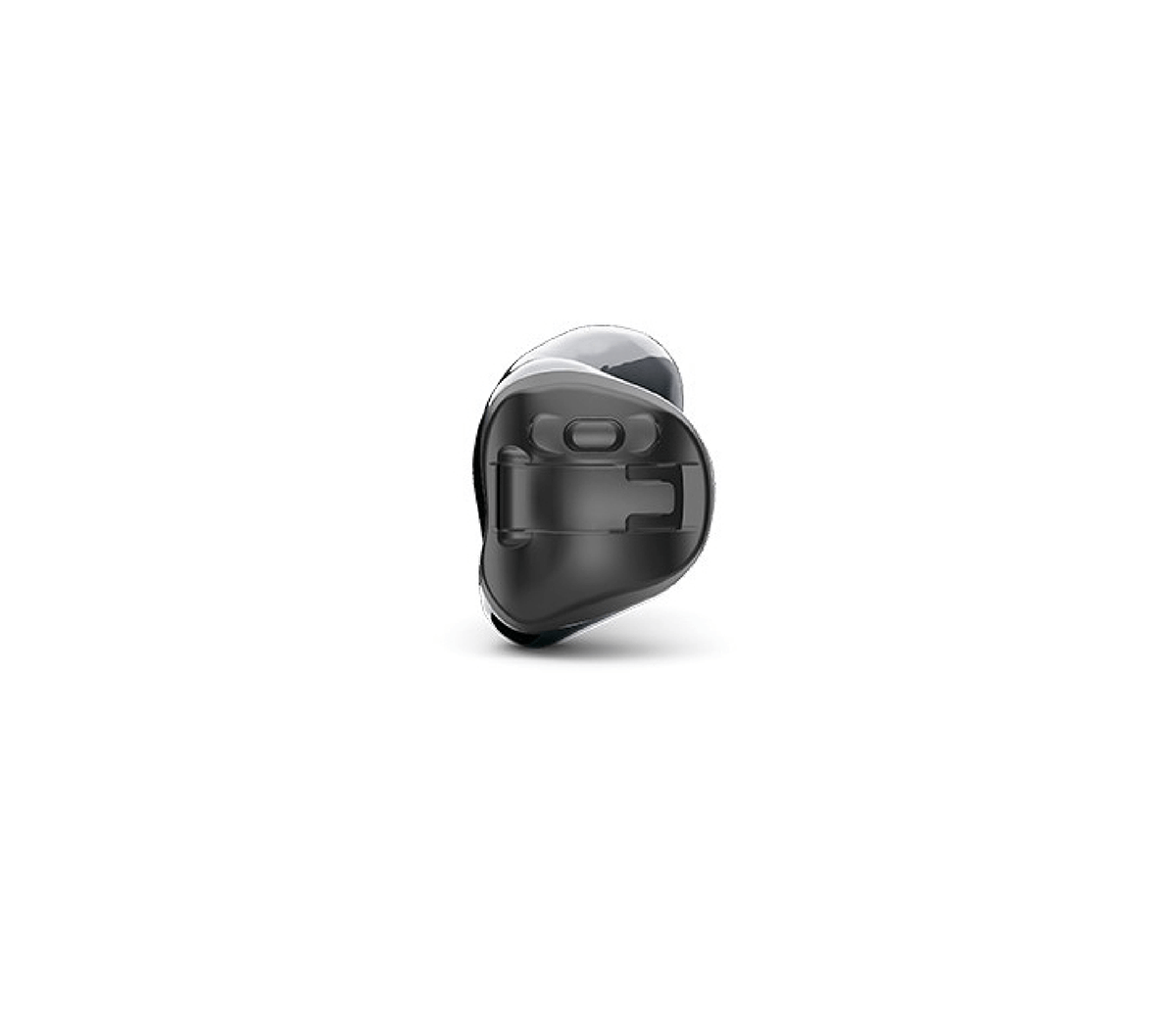
ITE
In-the-ear

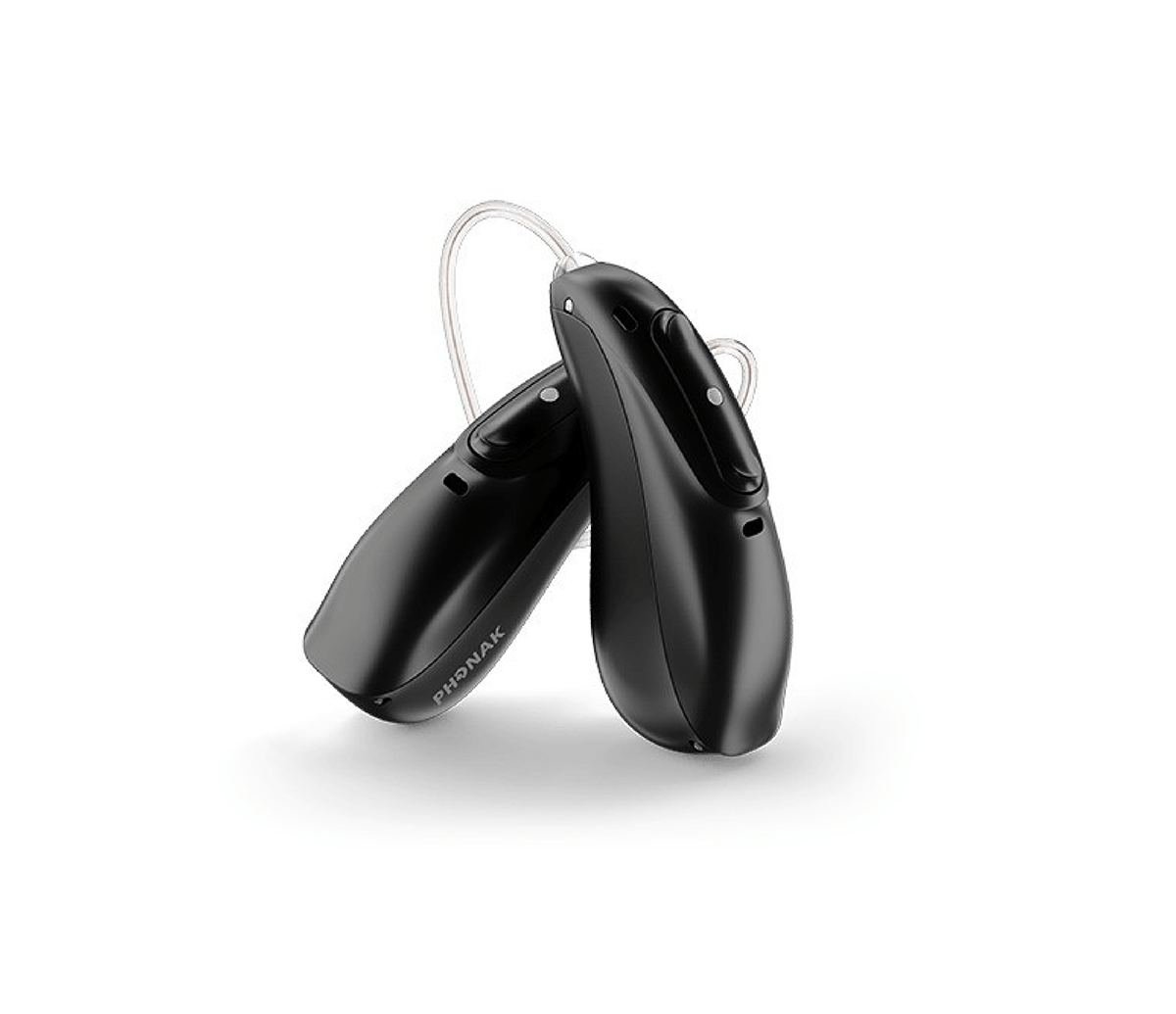
BTE
Behind-the-Ear

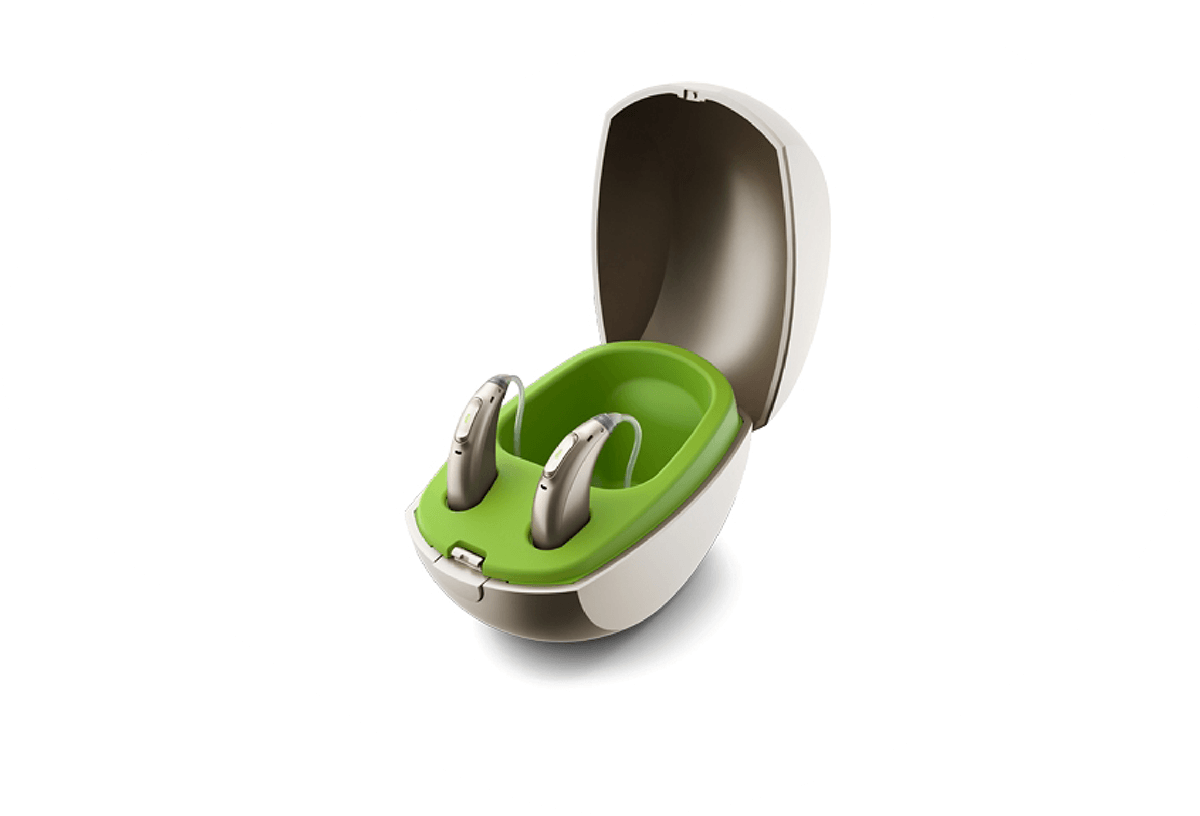
Rechargeable Hearing Aids
While rechargeable hearing aids have been the exception over the past two decades, they are starting to become the norm. Battery technology now allows a set of rechargeable hearing aids to last a full day, making them a very practical option. At night, you place your hearing aids on a charging station, and they’re ready again for a full day’s use after about 3–4 hours.
Some manufacturers, like Signia, also make rechargeable hearing aid charging cases. The case itself holds a charge, and when the hearing aids are stored in the case they can charge from the battery inside the case, providing up to three full charges. This is handy if you happen to spend a few days traveling, away from a power outlet!
Rechargeable hearing aids have several advantages over those that use disposable batteries:
- Less Expense, Less Hassle - You never need to buy batteries, and you don’t need to carry spare batteries around with you or pull your hearing aids out during inopportune moments to charge dead batteries.
- Better Seal Against Moisture and Debris - Rechargeable hearing aids don’t require accessible battery compartments, which is one less way for moisture and debris to enter the body of the hearing aid. The company Phonak even makes a waterproof (up to 1.64 feet) rechargeable RIC hearing aid.
- Environmentally Friendly - A typical set of hearing aids will go through over 600 batteries in its lifespan, while rechargeable hearing aids only use two!
- Safer for Pets and Children - Hearing aid batteries are a hazard that can kill pets and small children if they are swallowed. While rechargeable hearing aids are still a danger, pets and children are less likely to swallow your hearing aids than an errant battery!

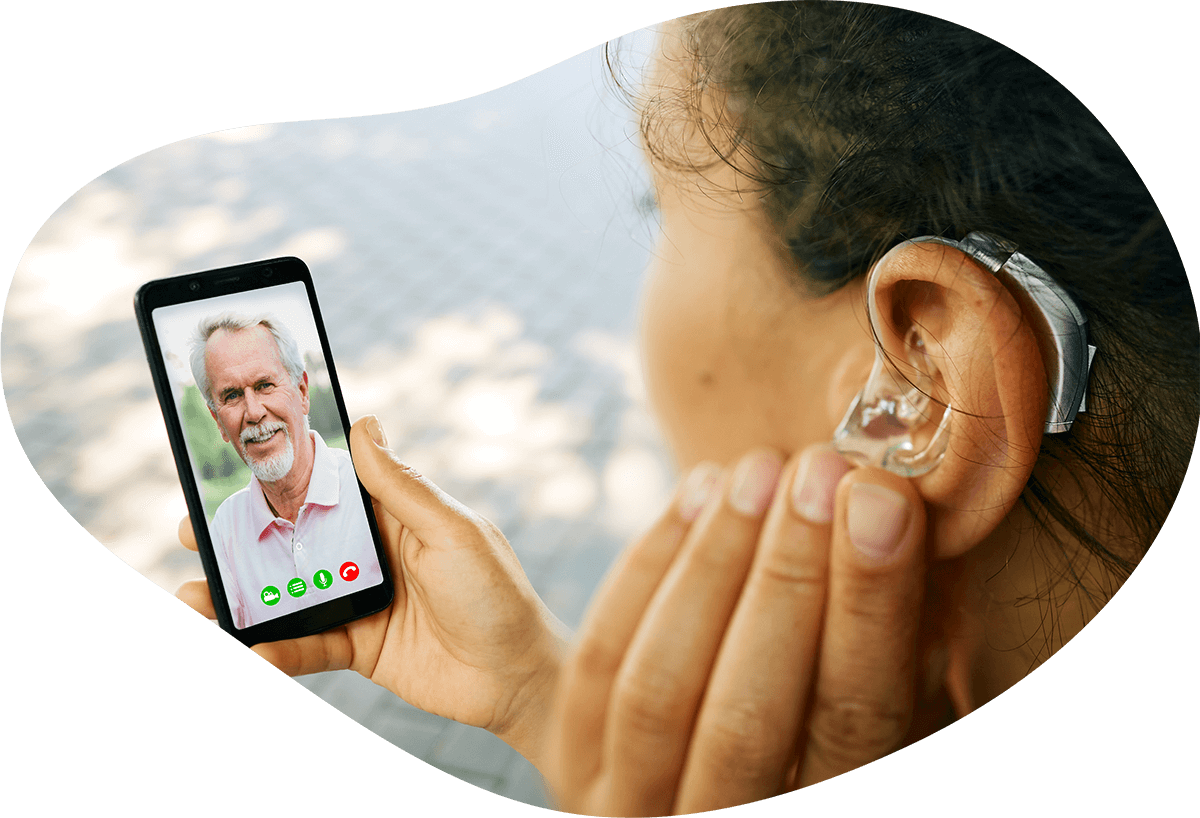
Bluetooth Hearing Aids
Bluetooth is now nearly ubiquitous among hearing aid manufacturers. Using wireless Bluetooth connectivity, you can pair your hearing aids to your smartphone, and often an additional device simultaneously (depending on the model of the hearing aids). Using your smartphone, you can stream phone calls and media content, while also using the hearing aid manufacturer’s app to control the volume, programming, and other aspects of your hearing aids. Some hearing aids also allow you to track biometric data on your smartphone, which can help you keep better track of your health.
